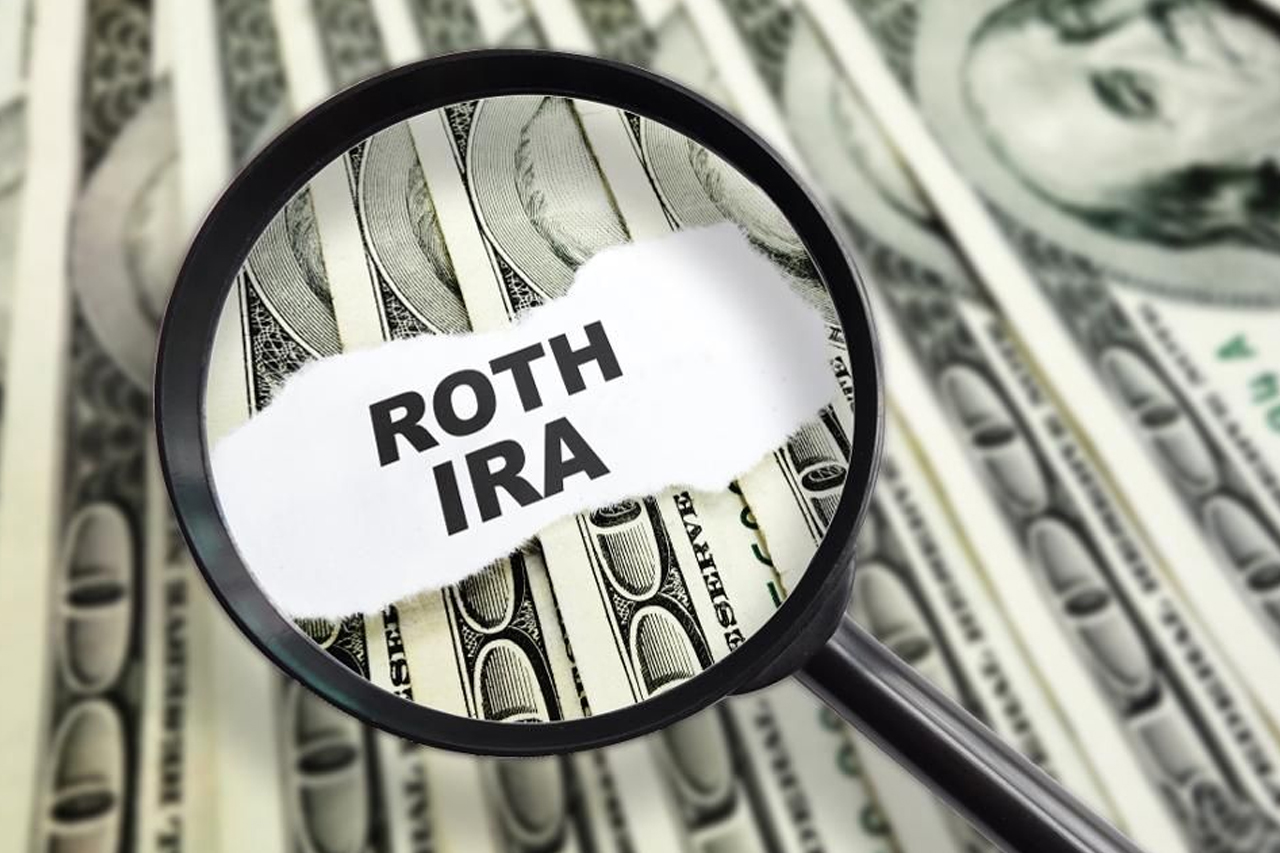As you plan for retirement using your self-directed IRA, getting started can be tricky. With so many alternative asset options and ways to invest, you may be wondering how your assets can grow within your directed IRA.
Investing in alternative assets with an SDIRA is like making a personal investment outside an IRA; the market value does not change. Investments take time, due diligence, and should be done with a trust company that aligns with your vision.
If you are considering opening a self-directed account, here are some steps you can take to further understand how your assets can gain value to really build up your retirement savings.
Select Your Investments and Research
One of the perks that comes with investing in a self-directed account is the opportunity to explore alternative asset options. Traditional IRAs allow account holders to invest in stocks, bonds and treasury, but with SDIRAs, account holders can branch out to a broader market. The investment market values are the same, whether you are making a personal investment or using your directed IRA account.
An SDIRA opens many different avenues for any would-be investor; you can invest in real estate, notes, tax liens, precious metals, cryptocurrency or many other types of investments. After selecting an IRA custodian, as per IRS regulation, you can research what needs to be done to utilize your IRA money and start building your retirement fund.
Consider how much you know about the market, research the values, seek the assistance of professional financial advisors or attorneys, and make your choice. How you invest matters!
Balancing Your Assets
As you perform your due diligence, selecting the proper alternative assets is crucial to building out a balanced portfolio. It’s important to spread out your investments to ensure maximum growth, but ideally, you don’t want to thin out your retirement funds too much.
Finding a balance between passive and aggressive investments can provide long-term benefits for your nest egg. Again, be sure to do your research on your assets before your making any financial decisions; not all assets are allowed.
While the IRS isn’t clear on what is allowed, there are clear instructions on what is not. You cannot invest in life insurance, most collectibles like artwork, rugs, and antiques, tangible personal property, gems, stamps, certain coins, or metals.
Another thing to keep in mind is the market value of your intended investment. Some markets are very steady in value, while others rise and fall. Markets like real estate, stock market brokerage firms, and cryptocurrency can change rapidly. Select your options carefully before moving forward.
Acquiring Funds & Directing Your Investment
After choosing your investments, you must submit a direction of investment to your SDIRA custodian. Your documents should be well composed with clear and concise intentions for your investment. How you structure your DOI could be dependent on the type of IRA you have, whether it’s a traditional IRA, a Roth IRA, or if you have checkbook control with an SDIRA, LLC. Regardless, you must have clear instructions as you hand off your DOI to your custodian.
The details of your investment should be concise; how much are you investing in your asset? Where do you want your funds allocated? All alternative items should be titled under your IRA, not any personal fund you may have. The final step is to include any signed official documents. This step is crucial, especially with trust deeds and private loans. The language in the contracts should be ironclad. Consider having an attorney go over any important contracts before submitting them to your IRA custodian.
After submitting your documents, your IRA custodian will process both the forms and the funds, per your personal instruction, and complete the transaction. After the closing, your IRA officially owns the investment and everything that comes with it. Be sure to keep all funding for your assets within and through your IRA to avoid any complications and tax penalties.
Managing Your Investment
After you’ve acquired your assets for your portfolio, all expenses related to your investment must be paid with your SDIRA. All income and profits must be returned to your IRA; keeping this flow of funds allows for your investments to grow tax-advantaged. Of course, with any investment, there are rules that need to be followed to avoid any penalties. If you avoid the following prohibited transactions, your investments will continue to accumulate.
You cannot make transactions with any disqualified person, such as a spouse, descendant, or anyone who will benefit from your self-directed IRA. You cannot engage in self-dealing; you cannot use any property owned by your IRA for personal use or lend yourself money.
Additionally, you cannot benefit from your IRA until you reach retirement age at risk of a tax penalty. As mentioned previously, you cannot use your personal funds to handle any upkeep to your SDIRA investments. All transactions must flow through your retirement account.
As your investment grows, it’s important to report the fair market value yearly to ensure your documents are up-to-date. If you make any changes, want to sell your assets, or experience a market fluctuation, you must inform your IRA custodian to make the proper adjustments to your account. Perform your due diligence and be mindful of your portfolio growth.
Releasing Your Investment
The idea of a self-directed investment is that you are taking charge of your retirement funds. How you process your assets is up to your personal discretion. You can choose how long you wish to invest in your assets and when you would like to make a change to your portfolio. If you are planning to sell, you can complete a sale DOI, and any sale will be handled as per your instruction.
As an account holder, you can distribute cash or assets, or hold on to investments to pass to your beneficiaries in the case of death. It’s important to note: none of your investments are guaranteed. Remember, depending on the investment you choose, there may be a lack of liquidity.
Also, much of SDIRA investment is private, so be wary of fraud when investing. Be sure to do your research and select the right assets for you. As the market changes, so will your assets. Take charge of your retirement savings and become the master of your retirement. Contact the Financial Experts at Horizon Trust.
Greg Herlean
Greg has personally managed over $1.4 billion in financial transactions via real estate investing and fixed and flipped over 450 homes and 2000 apartment units.
His aptitude for business has helped him to provide management direction, capital restructuring, investment research analysis, business projection analysis, and capital acquisition services.
However, these days he is mainly focused on being a professional influencer and educating investors about the benefits of using self-directed IRAs for tax-free wealth management. He is also a devout family man who enjoys spending his free time with his wife and children.
Greg Herlean’s journey started at 19 years old when he made a 2-year journey to Guayaquil, Ecuador, and volunteered to help less fortunate families. As a result, he learned many foundational lessons about faith, community, and hard work, which have helped him in his business success. Using these lessons, he was able to slowly build his wealth through real estate investing and establish Horizon Trust in 2011.
Related Posts
July 15, 2025
Ultimate Cheat Sheet for Investing with a Roth IRA
A Roth IRA is a retirement savings account that offers tax-free investment…



